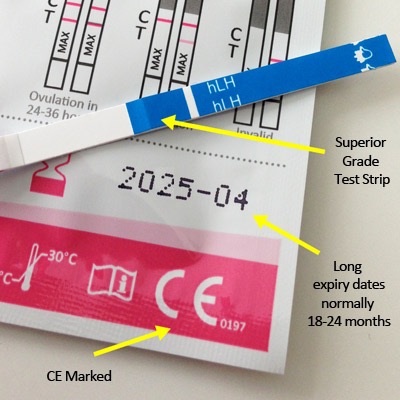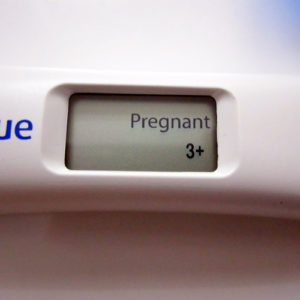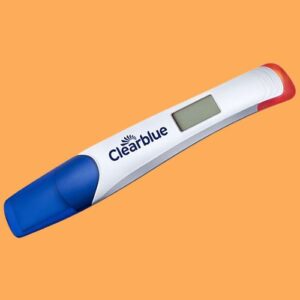You can determine the timing of your ovulation and whether it is happening now with ovulation tests.
There are different types of ovulation tests available and the most commonly used and easiest one is the urine test. This will check for the Luteinising Hormone (LH) level in the urine. When a rise is noted, it is when your body is releasing an egg. You will need to use a test once or twice a day from a set point; one that is determined by the average menstrual cycle length. When you get a positive result, ovulation will happen within the next 24 to 36 hours.
The Basal Body Temperature (BBT) test is another way of determining ovulation. When ovulation begins, the basal body temperature will rise but this is a trickier method. You will need to perform the test regularly and accurately. It requires you to take your temperature first thing in the morning using a Basal Fertility Thermometer, before you do any activity at all, and then plot your results along a chart. When done correctly, you will be able to see when ovulation has happened but it is often too late to do anything about it.
While urine tests and BBT tracking are popular methods, some women find cervical mucus monitoring equally useful. As you approach ovulation, your cervical mucus becomes clearer, stretchier, and more slippery – often compared to raw egg whites. This change helps sperm travel more easily through the cervix. To check your cervical mucus, simply wipe with toilet paper before urinating and observe the consistency. Keep a daily log alongside other tracking methods for a more comprehensive view of your cycle. Remember, every woman’s body is different, so it may take a few cycles to recognise your unique patterns. Don’t get discouraged – persistence is key when trying to conceive!
Another option is the Digital Fertility Monitor, like Clearblue’s Fertility Monitor. They measure the urine and use various technology to determine whether ovulation is close to happening and help you determine the best time for intercourse and when you are most fertile. The downside is the fact that they cost so much. You not only have to buy the monitor but also the test strips and they become an expensive regular cost, compared to normal tests for ovulation.
The fourth type is the Saliva Ovulation Test, which is also referred to as the ovulation microscope or the mini microscope. They test your saliva and how it changes. When ovulation is about to happen, your saliva will develop a ferning pattern. This is a great test when used regularly and correctly. We offer the Maybe Baby Saliva Fertility Monitor, which has proved very popular with our customers over the years.
If you need help prompting your memory for the tests, it is possible to get apps for your iPhone, iPad or smartphone. These apps can also help you check your cycle, with calculators to work out the length of your cycle to help ensure your tests are as accurate as possible. Since the apps do not actually test anything, they are not real ovulation tests but when there are no fertility problems, they can be really helpful and affordable to get the right timing for intercourse to increase the chance of conception. Using the basic calendar methods is great if you have a very regular cycle.

Our recommendation is the simple urine LH tests when looking for ovulation tests. They are very easy to use and will not cost a fortune. Stick to using one brand and always use them at the same time every day. The best times to test are during the mid afternoon or early evening – avoid the first urine of the day as much as possible. As soon as you get a positive result, you should have intercourse that night for the best chance of getting pregnant.
Photo by Anthony Tran on Unsplash
Zoom Baby is a leading supplier of Pregnancy Tests and Ovulation Test Kits





